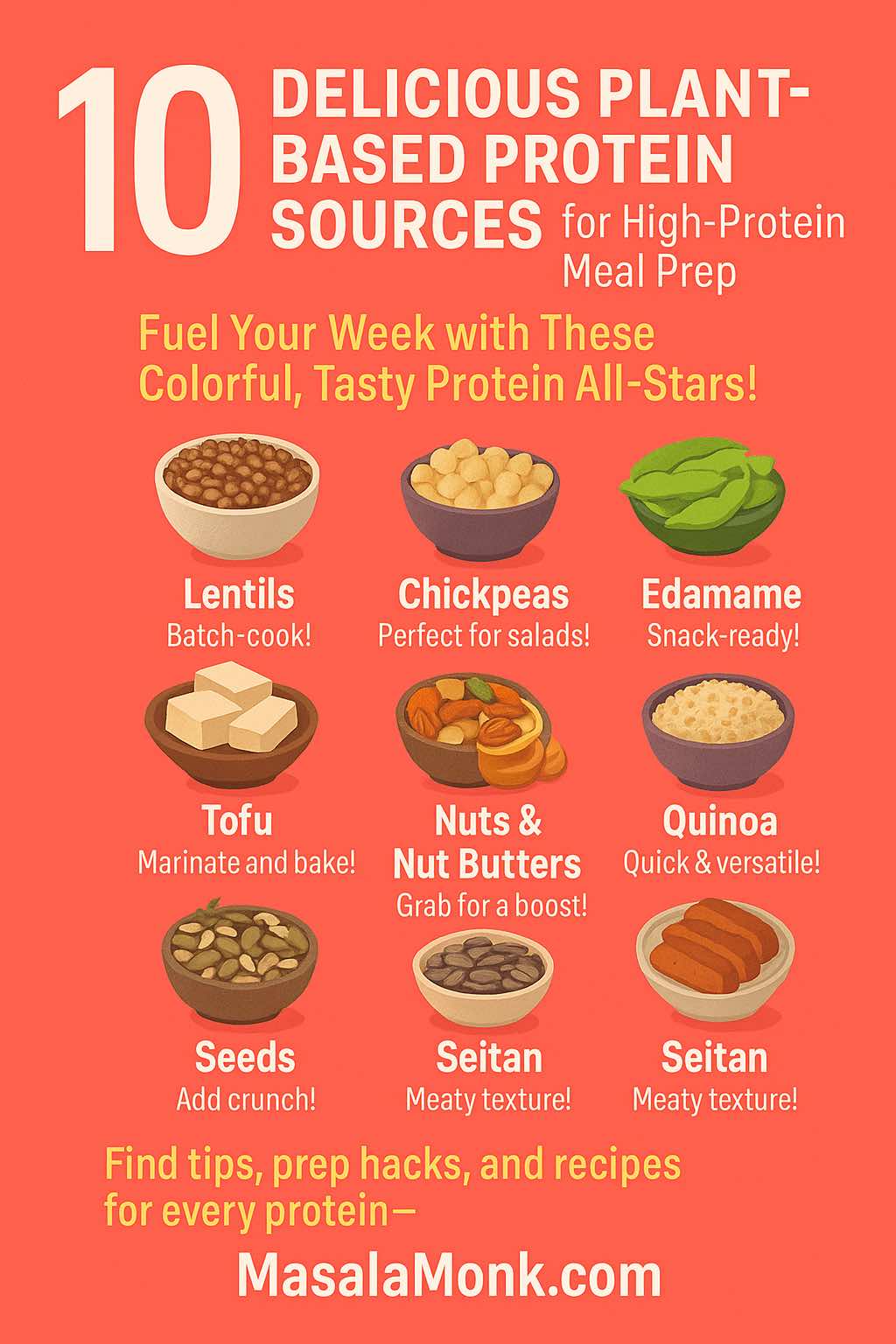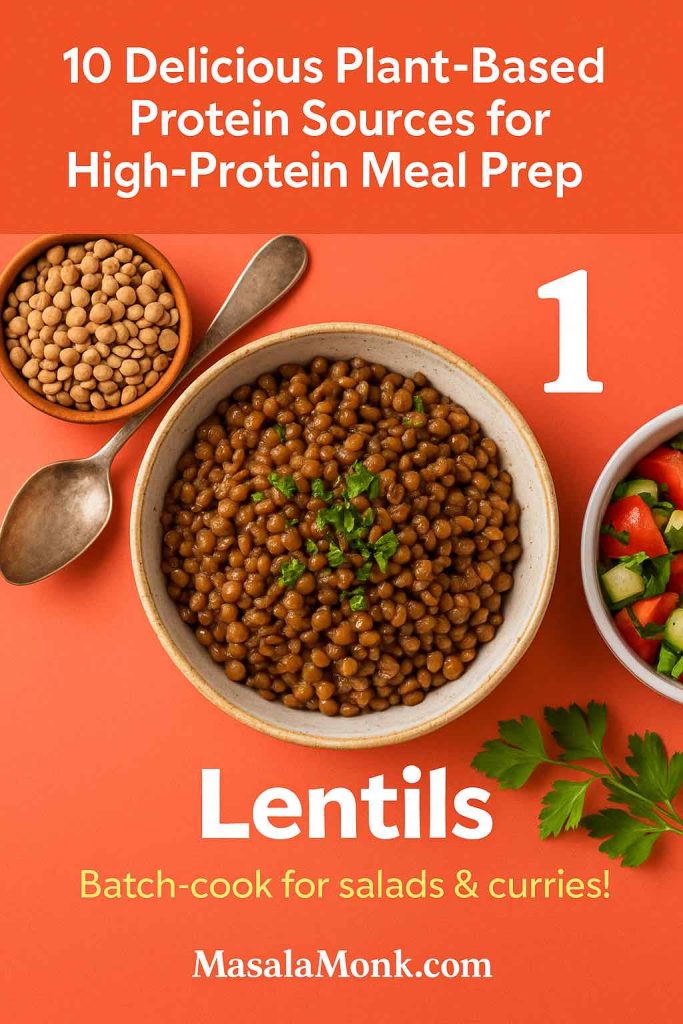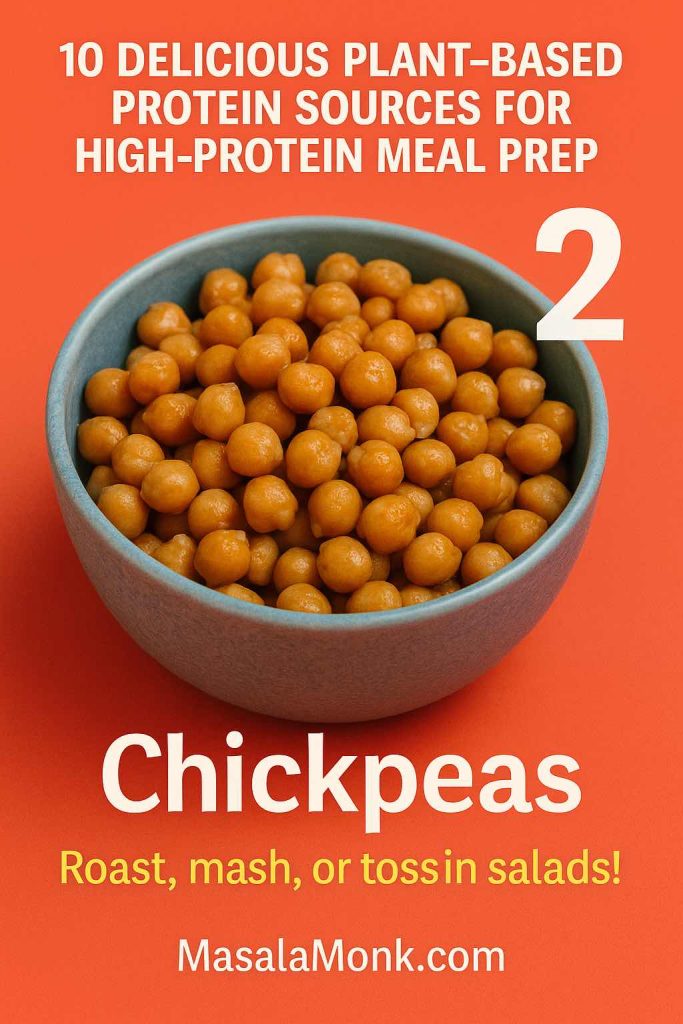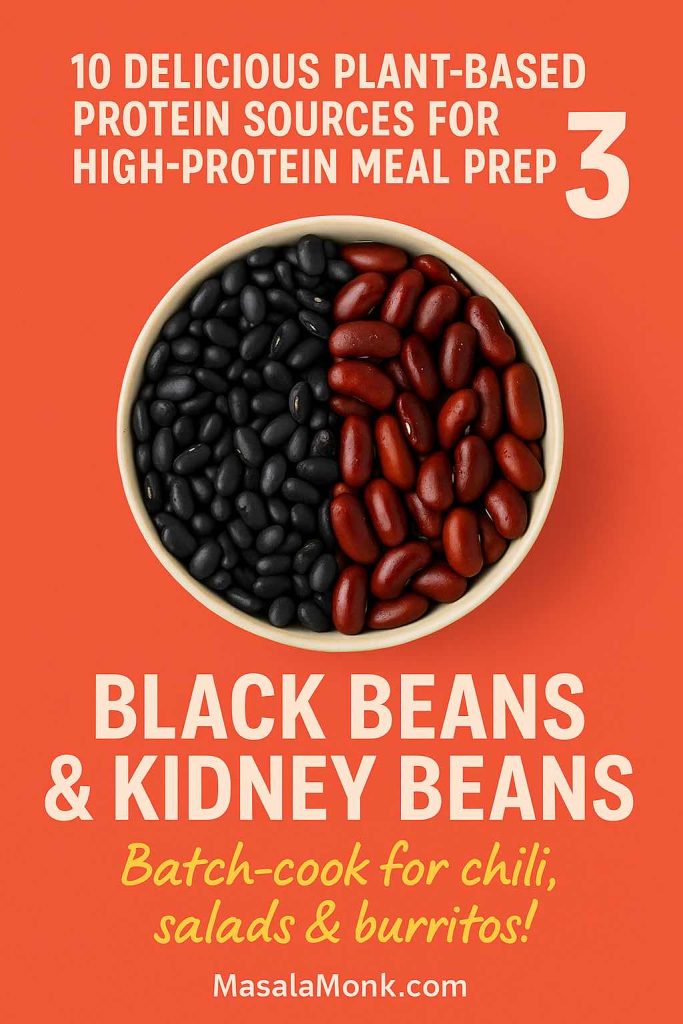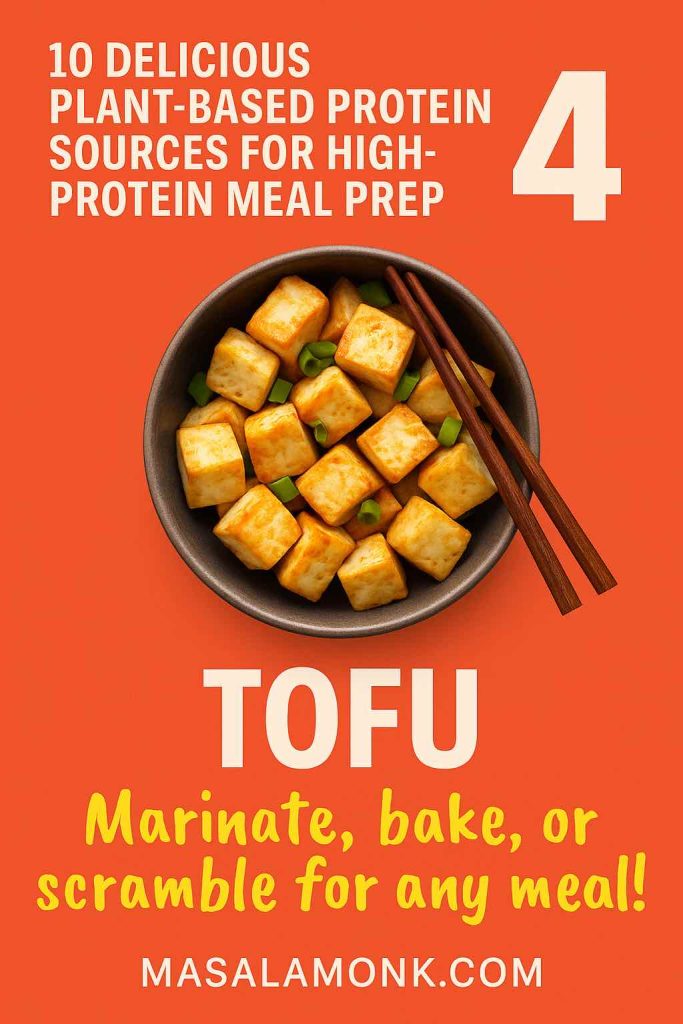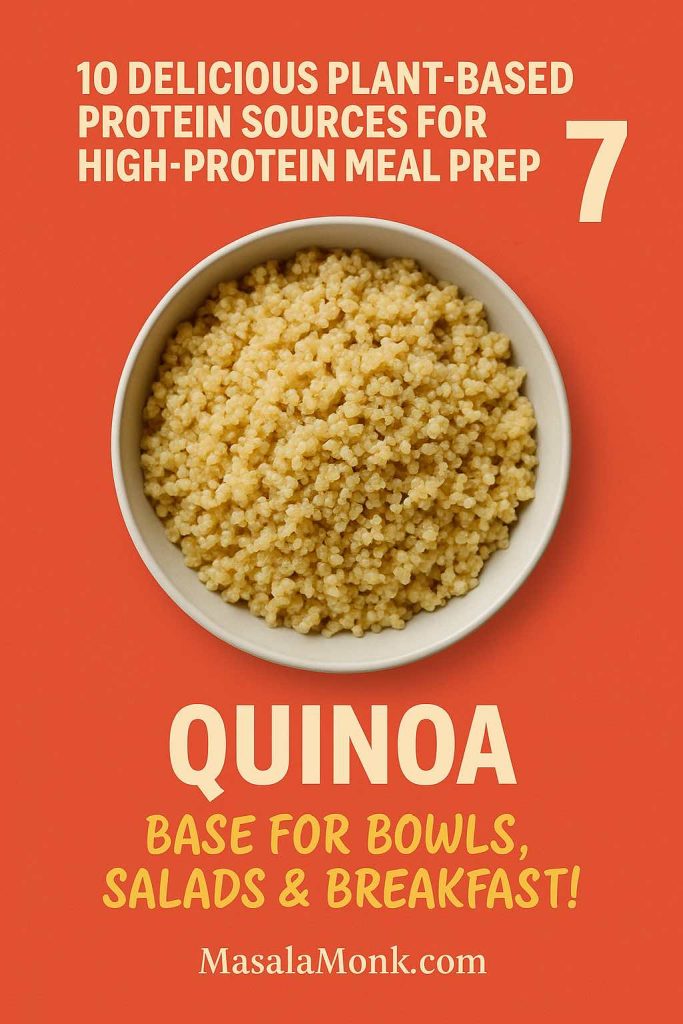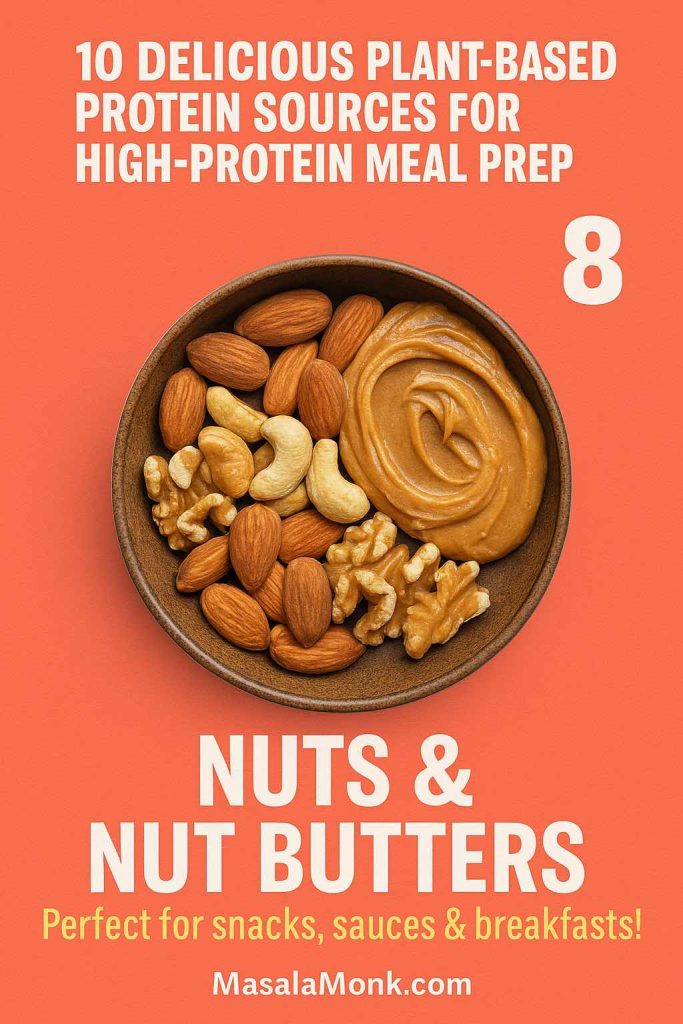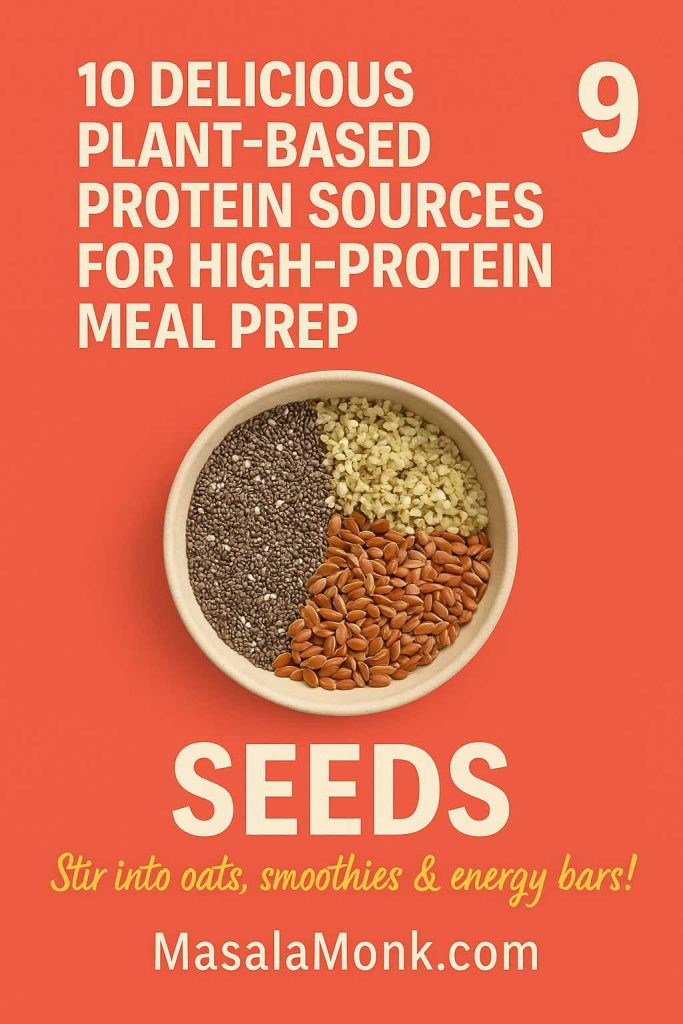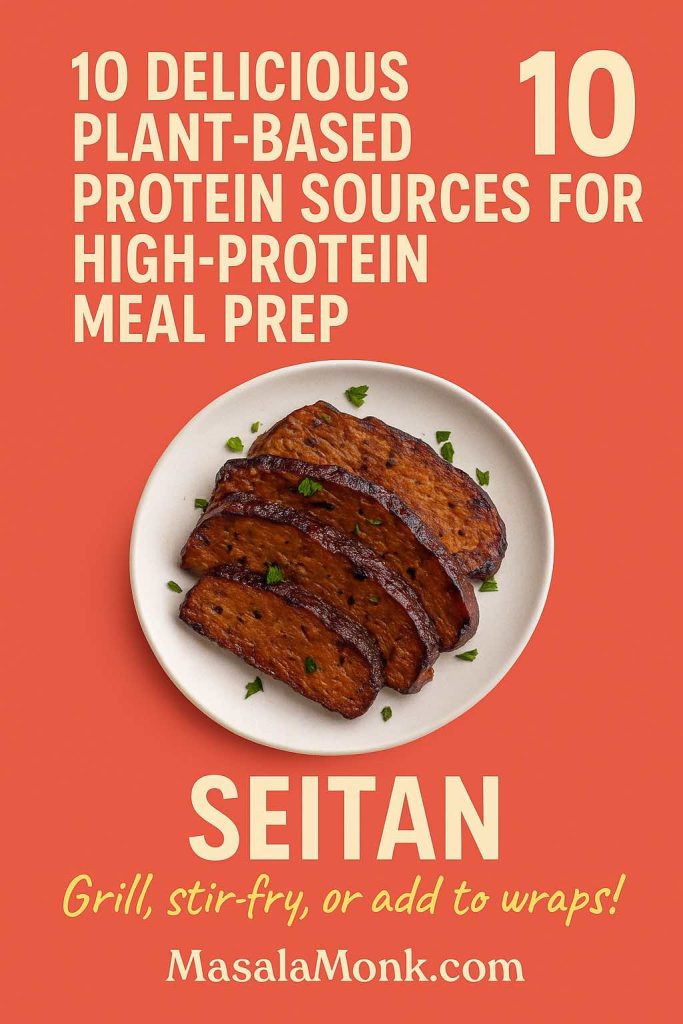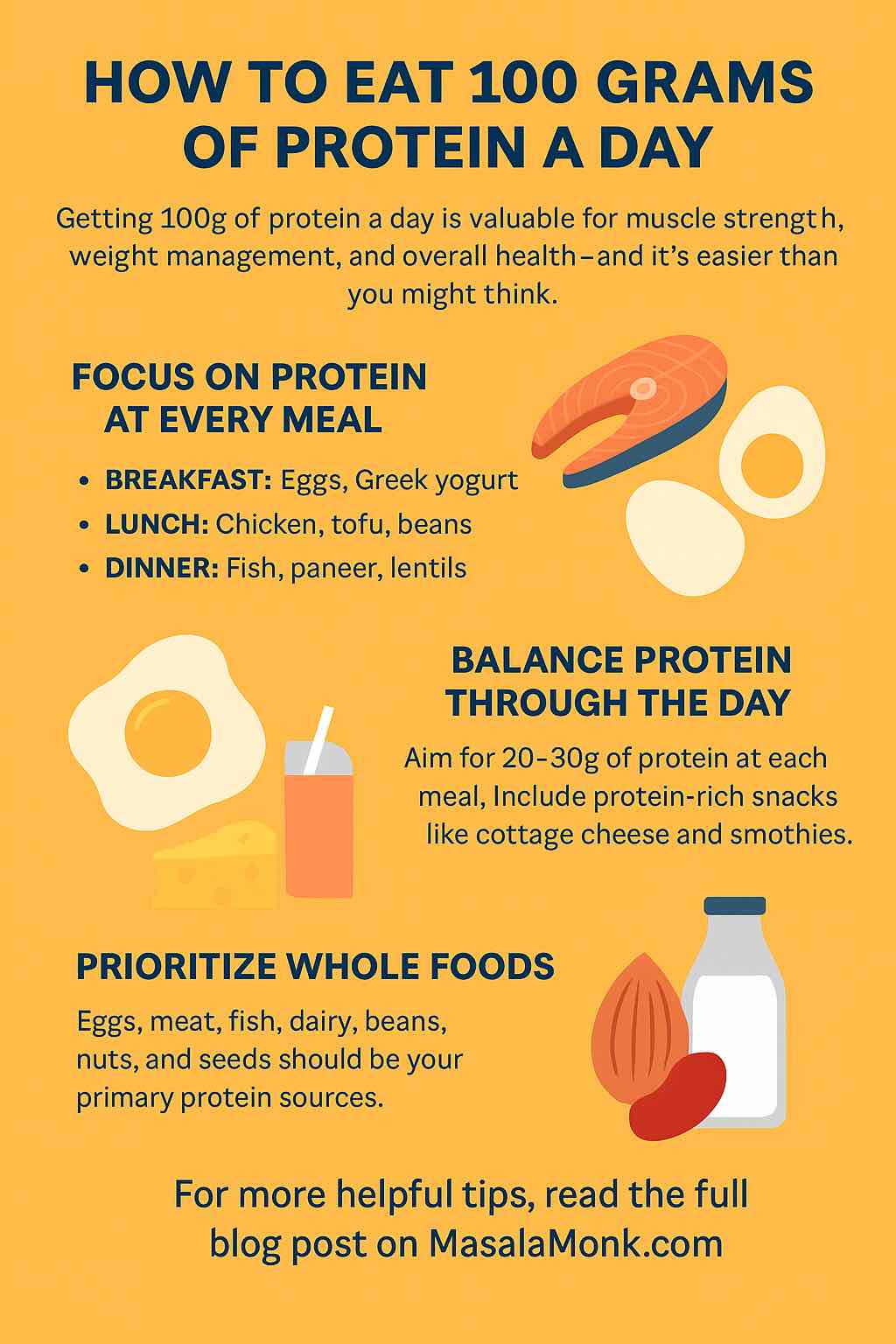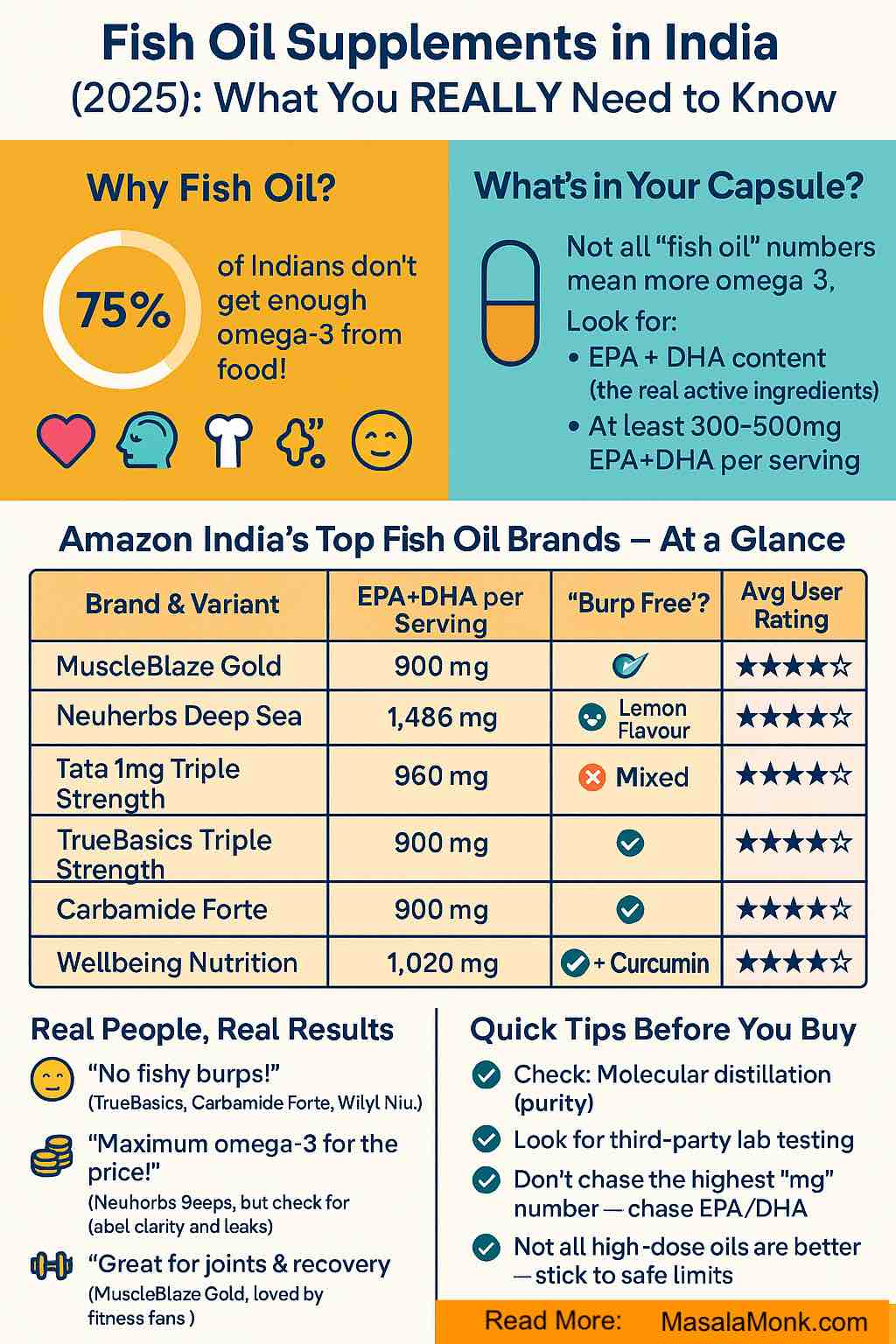
Best Fish Oil Supplements in India (Reviews, Technical Deep-Dive & Real User Feedback)
Finding the best fish oil supplements in India can feel overwhelming. With so many brands on Amazon India promising purity, “no fishy burps,” and ultra-high EPA/DHA content, it becomes difficult to know which one truly works. That is why, in this 2025 edition, we combined technical analysis with real user feedback to bring you a clear, research-backed guide to the top fish oil supplements available right now.
Fish oil supplements are widely used in India because they support heart health, brain function, and joint flexibility. Moreover, studies show that the real benefits come not from the total fish oil quantity but from the levels of EPA (eicosapentaenoic acid) and DHA (docosahexaenoic acid). Therefore, if you are choosing a supplement, you must focus on the EPA + DHA content per serving rather than just the “fish oil” number on the label.
In the sections below, we will review the leading fish oil brands on Amazon India, compare their strengths and weaknesses, and highlight which ones are best suited for athletes, professionals, or those simply looking for general health support.
Why EPA & DHA Matter
When it comes to the best fish oil supplements in India, the real benefits come not from the total “fish oil” amount but from two key omega-3 fatty acids: EPA (eicosapentaenoic acid) and DHA (docosahexaenoic acid). These are the active compounds that deliver measurable health improvements.
EPA and DHA are scientifically linked to:
- Cardiovascular health – supporting heart function and circulation.
- Reduced inflammation – which can ease joint pain and stiffness.
- Brain health and cognition – helping with memory, focus, and overall mental sharpness.
- Skin and mood benefits – including potential improvements in mood stability and skin appearance.
Therefore, when comparing fish oil products, the key rule is simple: always check the EPA + DHA content, not just the total fish oil number on the label. For daily wellness, look for at least 300–500 mg of combined EPA and DHA per serving. However, if your goal is athletic recovery, intense training support, or managing high inflammation, you may benefit from higher doses as recommended by your healthcare provider.
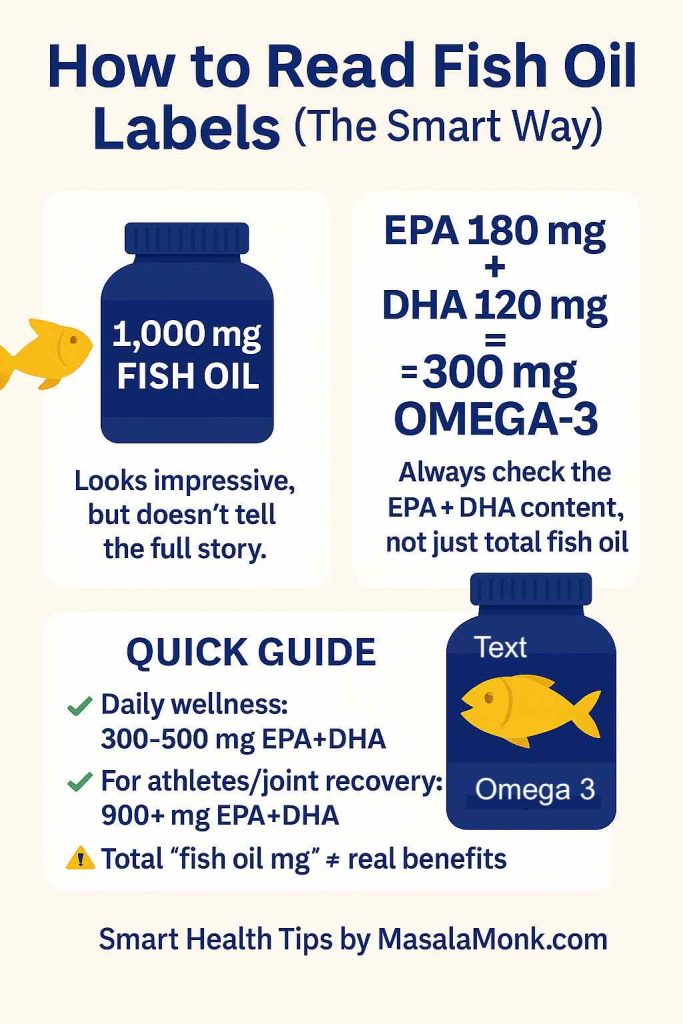
Read more: What Is Fish Oil Good For? Benefits, Side Effects, and More
Best Fish Oil Supplements in India (Amazon Reviews & Analysis)
Below are the leading products, with all their critical specs and review highlights. Products are compared on EPA/DHA dose, purity, aftertaste, value, and other parameters.
1. MuscleBlaze Omega 3 Fish Oil Gold (Triple Strength) Review
- Per capsule: ~1,300 mg fish oil, 500 mg EPA + 400 mg DHA
- Form: Triple-strength, cold-water fish, Trustified-certified
- User Ratings: ~4.2★ (2,900+ reviews)
- Praise:
- “The strength you feel is amazing… relieves stiffness.”
- “Fish oil in correct ratio … joint pain relief … value for money.”
- Complaints:
- “Burp is disastrous. Has a really bad taste.”
- Some find pill size large or hard to swallow.
- Takeaway: A high-strength omega-3 supplement with nearly 900 mg of EPA + DHA per capsule, making it an excellent choice for athletes, gym-goers, and those needing recovery support. However, some users struggle with its large capsule size and occasional aftertaste. Overall, this is one of the best fish oil supplements in India for fitness-focused individuals who want maximum potency in fewer capsules.
Find on Amazon India here: https://amzn.to/44WNqt6
Read Full Review & Analysis: MuscleBlaze Omega 3 Fish Oil Gold Review -Triple-Strength EPA/DHA
2. MuscleBlaze Omega 3 Fish Oil 1000 mg (Standard) Review
- Per capsule: 1,000 mg fish oil, 180 mg EPA + 120 mg DHA
- Form: Anchovy-based, Labdoor-certified, value-focused
- User Ratings: ~4.2★ (14,700+ reviews)
- Praise:
- “No fishy aftertaste… supports joint health… improves brain function.”
- “Best fish oil in the price range… value for money.”
- Complaints:
- Some mention odor, burps, or trouble swallowing.
- Takeaway: A budget-friendly fish oil capsule that works well for beginners or casual users. Since it provides only ~300 mg EPA + DHA per capsule, you may need 2–3 capsules daily for optimal benefits. Nevertheless, it remains one of the most affordable omega-3 supplements on Amazon India, with decent purity and consistent reviews.
Find on Amazon India here: https://amzn.to/4l1AFSQ
Read Full Review & Analysis: MuscleBlaze Omega 3 Fish Oil 1000mg (Standard) Review
3. Neuherbs Deep Sea Omega 3 (High Strength) Review
- Per serving (2 caps): 2,500 mg fish oil, 892 mg EPA + 594 mg DHA
- Form: Triple-strength, lemon-flavored, vitamin E & D3, molecular distilled
- User Ratings: ~4.2★ (14,900+ reviews)
- Praise:
- “No fishy burps… great for joints and energy.”
- “Highest and cheapest in omega-3 content.”
- Complaints:
- “Capsules leak… smell bad… customer support issues.”
- Some users flagged labeling confusion (actual EPA/DHA per capsule vs. per serving).
- Takeaway: Offering one of the highest EPA + DHA concentrations per serving, this supplement is ideal for those seeking maximum omega-3 per rupee. Moreover, the lemon flavor minimizes burps, which many appreciate. However, some users report capsule leaks and labeling confusion, so it’s best for value-seekers who don’t mind double-checking packaging integrity.
Find on Amazon India here: https://amzn.to/45ryzqO
Read Full Review and Analysis: Neuherbs Deep Sea Omega 3 Fish Oil Triple Strength – Review
4. Tata 1mg Triple Strength Omega 3 Review
- Per capsule: 1,250 mg fish oil, 560 mg EPA + 400 mg DHA
- Form: Enteric-coated, non-GMO, Indian brand trust
- User Ratings: ~4.2★ (672+ reviews)
- Praise:
- “Potent omega-3, one of the best in Indian market.”
- “Noticeable difference in health.”
- Complaints:
- “Capsules are hard… fishy aftertaste.”
- “Ethyl ester form, not the most absorbable.”
- Takeaway: A trusted Indian healthcare brand that delivers strong omega-3 levels with 960 mg EPA + DHA per capsule. It appeals to users who prefer local reliability and brand assurance. On the other hand, the ethyl ester form may reduce absorption, and the capsules are slightly harder to swallow. Overall, a good choice for heart and joint health support if brand trust matters to you.
Find on Amazon India here: https://amzn.to/4lSQEE3
Read Full Review and Analysis: Tata 1mg Triple Strength Omega 3 Fish Oil Review (560 mg EPA + 400 mg DHA)
5. TrueBasics Omega 3 Fish Oil (Triple Strength) Review
- Per capsule: 1,150 mg (to 1,250 mg in some variants), 525 mg EPA + 375 mg DHA
- Form: Cold-water source, molecularly distilled, strong brand presence
- User Ratings: ~4.2★ (8,300+ reviews)
- Praise:
- “No smell or taste… energy up… good for joints and skin.”
- Complaints:
- Not always third-party tested for absorption form (TG vs EE).
- Takeaway: A well-balanced, clean, and burp-free omega-3 supplement, making it popular among professionals and health-conscious users. Although transparency about absorption form (TG vs EE) could be better, it is still regarded as one of the top omega-3 capsules in India for those who value consistency, good tolerance, and a reliable brand name.
Find on Amazon India here: https://amzn.to/45caClU
Read Full Review and Analysis: TrueBasics Omega 3 Fish Oil Triple Strength Review (525 mg EPA + 375 mg DHA)
6. Carbamide Forte Triple Strength Fish Oil Review
- Per capsule: 1,400 mg fish oil, 495 mg EPA + 330 mg DHA (~900 mg omega-3)
- Form: Multiple strengths, mercury-free, 3:2 EPA/DHA ratio
- User Ratings: ~4.3★ (7,800+ reviews)
- Praise:
- “Improved mood, joint comfort, easy to swallow.”
- “No fishy aftertaste.”
- Complaints:
- Some users report stomach acidity, rare adverse reactions (skin irritation, headaches, nausea).
- Takeaway: A high-value supplement with nearly 900 mg of omega-3 per capsule, consistently praised for mood support and joint benefits. Its slightly higher Amazon rating reflects user satisfaction. However, a small number of consumers reported acidity and rare allergic reactions, so first-time users should start slow and monitor tolerance. A smart pick for those wanting strong omega-3 benefits at a mid-range price.
Find on Amazon India here : Click Here.
Read Full Review and Analysis: Carbamide Forte Triple Strength Fish Oil Review (495 mg EPA + 330 mg DHA per Capsule)
7. Wellbeing Nutrition Slow-Release Omega 3 (Curcumin Enhanced) Review
- Per capsule: 1,500 mg fish oil, 612 mg EPA + 408 mg DHA, with curcumin and peppermint
- Form: Triglyceride form (better absorption), curcumin/peppermint for anti-inflammation and burpless experience
- User Ratings: ~4.2★ (427+ reviews)
- Praise:
- “Clean, effective, burp-free… great for heart and skin.”
- Complaints:
- Capsule is large for some, occasional odor, not as widely used as others.
- Takeaway: A premium option designed for better absorption, thanks to its triglyceride form and added curcumin + peppermint. These additions support anti-inflammation and a burp-free experience. The capsules are slightly large and priced higher, but for those who want slow-release absorption and extra joint/skin support, it stands out as one of the best fish oil supplements in India in the premium segment.
Find on Amazon India here: https://amzn.to/4ojiMSy
Read Full Review and Analysis: Wellbeing Nutrition Slow Release Omega 3 Fish Oil with Curcumin Review (612 mg EPA + 408 mg DHA)
Best Fish Oil Supplements in India Comparison Table (EPA/DHA, Price & Reviews)
| Name (Internal Review) | Review | Amazon | EPA+DHA (mg) | Strength/Serving | Aftertaste/Burps | Price Range | User Risks/Concerns | Highlights |
|---|---|---|---|---|---|---|---|---|
| MuscleBlaze Gold | Read Review | Find on Amazon | 900 | High | Mixed | ₹800–₹950/60 | Large pills, some burps | Trusted for athletes, no-nonsense dose |
| MuscleBlaze 1000 mg (Standard) | Read Review | Find on Amazon | 300 | Low | Mild | ₹300–₹500/60 | Odor for some | Budget, easy start |
| Neuherbs Deep Sea | Read Review | Find on Amazon | 1,486 | Very high | Lemon, minimal | ₹500–₹800/90 | Leaks, label clarity | Max EPA/DHA per rupee |
| Tata 1mg Triple Strength | Read Review | Find on Amazon | 960 | High | Some | ₹700–₹850/60 | Hard caps, absorption | Trusted brand, strong capsule |
| TrueBasics Triple Strength | Read Review | Find on Amazon | 900 | High | None | ₹600–₹850/60 | Few negatives | Clean, balanced, well-tolerated |
| Carbamide Forte | Read Review | Find on Amazon | 900 | High | None | ₹600–₹800/60 | Rare allergies, acidity | Mood/joint benefits |
| Wellbeing Nutrition | Read Review | Find on Amazon | 1,020 | High | None/curcumin | ₹850–₹1,100/60 | Capsule size | Curcumin bonus, slow-release |
Visual Snapshot: Comparing the Best Fish Oil Supplements in India
When comparing the best fish oil supplements in India, four factors matter most: EPA/DHA content, user satisfaction, aftertaste, and technical transparency.
EPA/DHA Content: Among all the reviewed brands, Neuherbs Deep Sea Omega 3 delivers the highest combined EPA and DHA per serving. Close behind are MuscleBlaze Gold, Tata 1mg, TrueBasics, Carbamide Forte, and Wellbeing Nutrition, all offering strong omega-3 levels. By contrast, MuscleBlaze 1000 mg (Standard) provides a lower dose, which makes it more suitable for beginners or budget-conscious buyers.
User Satisfaction: Most products maintain an average rating of around 4.2 stars on Amazon India. Nevertheless, Carbamide Forte edges slightly higher, although a few users reported rare side effects such as stomach discomfort or allergies.
Aftertaste and Burps: For many people, the biggest concern with fish oil is the aftertaste. Here, Wellbeing Nutrition, TrueBasics, and Carbamide Forte consistently receive praise for being burp-free. Meanwhile, Neuherbs is often appreciated for its refreshing lemon flavor. However, MuscleBlaze Gold and Tata 1mg receive mixed reviews, with some users noting occasional fishy burps.
Technical Transparency: Not all brands are clear about whether they use the triglyceride (TG) or ethyl ester (EE) form of fish oil. Since TG is more natural and better absorbed, this is an important detail. In this regard, Wellbeing Nutrition stands out because it openly states the use of the triglyceride form, which many experts consider superior.
Also Read: Fish Oil and Cortisol: Can Omega-3 Help You Manage Stress Hormones?
Final Thoughts on the Best Fish Oil Supplements in India
Choosing the best fish oil supplements in India, requires looking beyond the price tag or the total milligrams of “fish oil” on the label. Instead, focus on the actual EPA and DHA content, the form of omega-3 (TG vs EE), and real user experiences.
If you want maximum omega-3 per rupee, Neuherbs Deep Sea Omega 3 offers one of the highest EPA/DHA doses at an affordable price, though you should check capsule integrity before purchase. Moreover, if you prefer a clean, burp-free experience, options like TrueBasics, Carbamide Forte, and Wellbeing Nutrition are excellent picks. On the other hand, those who need high-dose recovery support—such as athletes or people with inflammation concerns—will likely benefit from MuscleBlaze Gold or Tata 1mg Triple Strength, both of which deliver strong doses of EPA and DHA.
In addition, if you have a sensitive stomach or allergy risk, starting with a smaller daily dose and choosing an enteric-coated, burp-free brand is a smarter approach. Remember that omega-3 supplementation works best when paired with a balanced diet, and consulting your doctor is essential—especially if you are on medication, pregnant, or managing chronic conditions.
👉 In summary, the best fish oil supplements in India are not defined by hype but by high EPA/DHA content, purity, and user trust. With the right choice, you can support your heart, brain, joints, and overall health more effectively in 2025.
FAQs About Best Fish Oil Supplements in India
1. What should I look for when choosing the best fish oil supplements in India?
When selecting a fish oil supplement, the most important factor is the actual EPA and DHA content, not just the total “fish oil” milligrams. Ideally, choose a product that offers at least 300–500 mg of combined EPA and DHA per serving. Moreover, look for brands that are third-party tested, use molecular distillation for purity, and offer burp-free or enteric-coated softgels to avoid fishy aftertaste.
2. What is the difference between fish oil and omega-3 supplements?
Fish oil is the raw source, while omega-3 fatty acids (EPA and DHA) are the active compounds responsible for health benefits. Therefore, when comparing the top omega-3 supplements in India, always check the EPA and DHA breakdown instead of relying only on the “fish oil” label.
3. Are higher EPA and DHA numbers always better in omega-3 capsules?
Not necessarily. A higher EPA/DHA ratio is helpful if your diet is very low in omega-3s or if you need targeted support for heart, joint, or brain health. However, exceeding 2–3 grams per day of combined EPA and DHA is not recommended, as it may increase the risk of side effects.
4. Do fish oil capsules cause side effects?
Most people tolerate the best omega-3 capsules in India without issues. However, some may experience mild side effects such as fishy burps, digestive upset, or rarely, allergic reactions. To minimize discomfort, it is better to start with a lower dose and choose burp-free or lemon-flavored softgels.
5. Which fish oil brands are considered best for joint or heart health in India?
For joint support and heart health, supplements with higher EPA content are generally preferred. Popular choices on Amazon India include MuscleBlaze Gold, Neuherbs Deep Sea Omega-3, and Tata 1mg Triple Strength. In addition, Wellbeing Nutrition combines curcumin with omega-3s, which may provide extra anti-inflammatory benefits.
6. How can I avoid fishy aftertaste or burps when taking omega-3 supplements?
The easiest way is to choose burp-free, enteric-coated, or lemon-flavored fish oil capsules. For example, TrueBasics, Wellbeing Nutrition, and Neuherbs Deep Sea are highly rated for minimal aftertaste. Furthermore, taking your supplement with meals can reduce the chances of burping.
7. How do I know if a fish oil supplement is pure and safe?
Safety comes down to quality testing and purification methods. Look for supplements that mention molecular distillation and third-party lab verification for heavy metals such as mercury and lead. Brands like MuscleBlaze, Carbamide Forte, and TrueBasics openly highlight these quality checks.
8. What’s the difference between triglyceride (TG) and ethyl ester (EE) fish oil forms?
The triglyceride (TG) form is the natural and more bioavailable type of omega-3, which means your body can absorb it more efficiently. On the other hand, the ethyl ester (EE) form is cheaper but less well absorbed. Among Indian brands, Wellbeing Nutrition clearly states the use of the TG form, making it a standout option.
9. Can vegetarians or vegans take fish oil supplements?
No, fish oil comes from animal sources. However, vegetarians and vegans can opt for algae-based omega-3 supplements, which provide plant-sourced DHA and EPA. These are increasingly available online in India, although they are not part of this fish oil review.
10. How should I store fish oil capsules in India’s climate?
To keep your omega-3 supplements fresh, store them in a cool, dark place, away from heat and direct sunlight. Moreover, always keep the container tightly sealed. Improper storage can cause the capsules to oxidize, leading to a rancid smell or reduced effectiveness.


